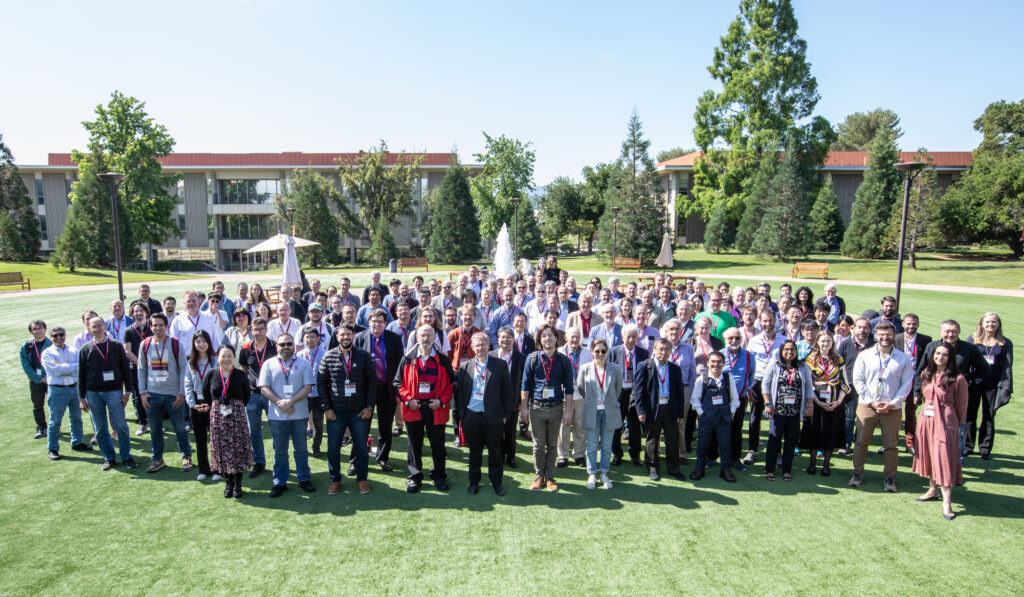“LCWS 2023 at SLAC was a very enjoyable and productive meeting with more than 200 participants from all over the world discussing future linear Higgs factories,” said Caterina Vernieri, one of the organisers of Linear Collider Workshop 2023, held at SLAC National Accelerator Laboratory from 15 to 19 May.

The meeting was well-attended and participants full of enthusiasm, as many community members had not seen each other since the start of the COVID-19 pandemic. For the past three years, their communication had mainly been through a computer screen. Therefore, LCWS 2023 provided an excellent chance for them to reunite. “It was very nice to see this vibrant community coming together to review progress and discuss the next steps towards a linear Higgs Factory,” Vernieri said.
In addition to the “veteran” scientists and engineers who have been working on the linear collider study for a long time, there were also many young researchers present at the meeting.
“The meeting was organised by the next generation of SLAC linear collider enthusiasts – Emilio Nanni, Spencer Gessner, and Caterina Vernieri. They brought their colleagues and students,” said Michael Peskin, a particle theorist at SLAC. “This led to interesting sessions on new initiatives in the electron-positron world, for example the C-cubed (cool copper collider) concept including posters on such innovations as a bunch compressor based on high-temperature superconducting tape, and very high-gradient plasma and structure wakefield accelerators.”

The meeting also focused specifically on accelerator sustainability. “One of the highlights was a rigorous carbon cost analysis of the construction plans for CLIC and ILC, presented by Suzanne Evans,” said Peskin. Like other large enterprises, the exploration of high-energy particle collisions inevitably has an environmental cost. But the mood was forward-looking: What are the correct metrics for environmental impact? How can we track the all relevant contributing elements? How can we revise our own plans, and how can we work with governments and industry, to make particle physics as green as possible?
Japan’s industrial association for the realisation of the ILC, Advanced Accelerator Association promoting science and technology (AAA), also gave a presentation about their activities including their study to make the ILC sustainable accelerator called “Green ILC,” and the study to create the next generation of sustainable communities that people around the world aspire to live in.
At the meeting, a panel comprised of Shoji Asai, Jens Osterhoff, Michael Peskin, Steinar Stapnes, and Caterina Vernieri collaborated on creating a statement to present to the P5 committee. The committee is currently assessing the U.S.’ high-energy physics priorities for the next two decades. After several discussions and revisions, the final version of the statement was shared during the panel discussion on the last day, and finalised to send it to P5 committee.
“This statement reaffirms that the community recognises and acknowledges the value of the ILC, including its cost-effectiveness, energy-extendability, and importance of implementing it as a global effort. This is extremely valuable,” said Shoji Asai, a professor at the University of Tokyo, and spokesperson of ILC-Japan. “It is significant that we were able to create this statement despite the varying circumstances of countries. Our ability to come to a shared opinion is noteworthy,” he said.
The “Statement on the Future of e+e- Higgs Factories from LCWS 2023” is available online.

Recent Comments